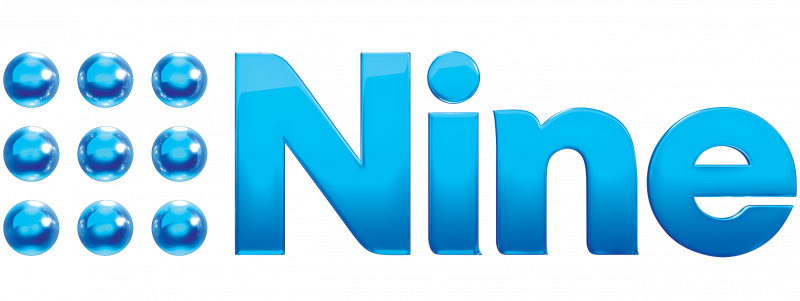Nine’s new assets report growth but TV revenue dips in first results after merger
Nine’s television revenue has fallen for the six months to December 2018, but its new wholly owned entities, Stan and Metro Media, have grown year on year.
According to the first half year results for Nine as a newly joined business with Fairfax Media, television revenue was down from last year’s $616.6m to $563.5m, a fall of 11%. Similarly, earnings before interest, tax, depreciation and amortisation fell from $171.9m to $161.1m, before specific items.



That is a fantastic result for publishing and was flagged last year at various industry events (Publish and Ad Week APAC). Good job !
Amazing result by Chris Janz for Metro publishing. He is a visionary and will be next in line for Hugh Mark’s job.
The Metro Publishing story shows what an amazing operators Janz and Rowley are.
Janz must be the Prodigal Son at Nine. Broadcasting dying or dead.